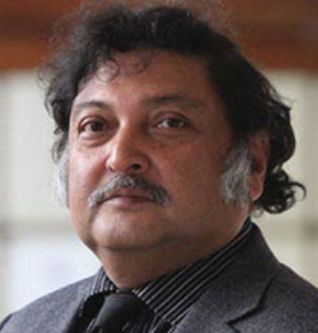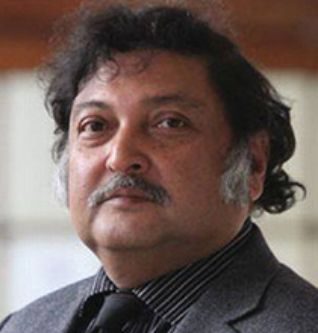
Prof Sugata Mitra
- Professor Emiretus, Educational Technology

- Professor of Educational Technology, School of Education Communication and Language Sciences, Newcastle University, UK
- Chief Scientist, Emeritus, NIIT.
Prof Sugata Mitra is well known for his ‘Hole in the Wall’ (HIW) experiment – in 1999, a computer was placed in a kiosk created within a wall in an Indian slum at Kalkaji, Delhi and children were allowed to freely use it. The experiment aimed to prove that kids could be taught computers very easily without any formal training. Prof Mitra termed this ‘Minimally Invasive Education’ (MIE). The experiment has since been repeated at many places and HIW has more than 23 kiosks in rural India. In 2004, the experiment was also carried on in Cambodia.
The Hole in the Wall experiment has left its mark on popular culture. Indian diplomat Vikas Swarup read about Prof Mitra’s experiment and was inspired to write his debut novel, Q & A; this subsequently went on to become Slumdog Millionaire
Prof Mitra is a leading proponent of MIE. He is a PhD in Solid State Physics (IIT Delhi) and is credited with more than 25 inventions in the area of cognitive science and education technology. Prof Mitra was recently described as a ‘polymath’ by the University of London and his 30 years of research spans a wide range of disciplines. His interests include Children’s Education, Remote Presence, Self-organising Systems, Cognitive Systems, Physics and Consciousness.
Starting with molecular orbital computation in the 1970s, Prof Mitra discovered that the structure of organic molecules determines their function more than the constituent atoms (S.C. Mathur and S. Mitra, “Crystal structure sensitivity of the band structure of organic semiconductors,” Journal of Phys. C Solid State, 12, (2) (1979) UK).
After his doctoral studies, Prof Mitra went on to research energy storage systems, first at the Centre for Energy Studies at IIT and then at the Technische Universität, Vienna, Austria. This resulted in a new design for Zinc-Chlorine batteries that is now in use by the military (S. Mitra, “A design for zinc-chlorine batteries,” Journal of Power Sources, 8, 359-367 (1982) USA).
His interests in the flow of electricity through biological systems, a consequence of his PhD research on exciton dissociation in organic semiconductors, led on to a seminally speculative paper on why the human sense organs are located where they are (A.K. Banerjee and S. Mitra, “A correlation between the location and sensitivity of human sense organs,” Spec. Science and Technology, 5, (2), 141, 1982).
Prof Mitra’s interest in computer networking led him towards the emerging systems in printing in the 1980s. He set up India’s first local area network-based newspaper publishing system in 1984 and went on to predict the desktop publishing industry (S. Mitra, “Compositors that compute,” Computers Today, May 1985, India). This, in turn, led to the invention of LAN-based database publishing and he created the ‘Yellow Pages’ industry in India and Bangladesh.
Prof Mitra’s interest in the human mind once again led him into the areas of learning and memory and he was amongst the first in the world to show that simulated neural networks can help decipher the mechanisms of Alzheimer’s disease (S. Mitra, “The effect of synaptic disconnection on bi-directional associative recall,” Proc. IEEE/SMC Conf., Vol.1, 989, 1994 USA).
He was also amongst the first in the world to invent Voluntary Perception Recording (a continuously variable voting machine) and a hyperlinked computing environment, several years ahead of the Internet (S. Mitra, “Voluntary perception analysis – a new measurement device,” Media and Technology for Human Resources Development, Oct. 1989, India; and S. Mitra and Ajay Magon, “Imaginet – An associative, non-linear, multimedia storage and retrieval system,” Multimedia Computer and Communications (INFOCOM ’92), Tata McGraw Hill pp.20-30, (1992), Bombay, India).
Prof Mitra’s work at NIIT created the first curricula and pedagogy for that organisation, followed by years of research on learning styles and learning devices, several of them now patented; multimedia and new methods of learning. Culminating and, perhaps, towering over his previous work, are his ‘Hole in the Wall’ experiments with children’s learning. Since 1999, he has convincingly demonstrated that groups of children, irrespective of who or where they are, can learn to use computers and the Internet on their own using public computers in open spaces such as roads and playgrounds (Mitra, Sugata, Ritu Dangwal, Shiffon Chatterjee, Swati Jha, Ravinder S. Bisht and Preeti Kapur (2005), “Acquisition of Computer Literacy on Shared Public Computers: Children and the ‘Hole in the wall’ “, Australasian Journal of Educational Technology, 21(3), 407-426. His publication was judged the best open access publication in the world for 2005, and he was awarded the Diwang Mehta award for innovation in IT that same year.
Since the 1970s, Professor Mitra’s publications and work has resulted in training and development of perhaps a million young Indians, amongst them some of the poorest children in the world. The resultant changes in the lives of people and the economy of the country can only be guessed at.


